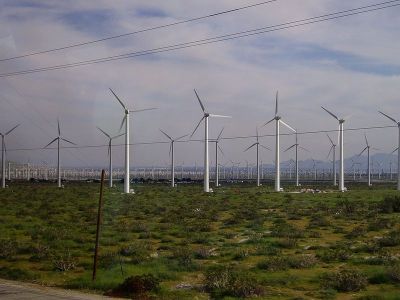Increasing the
contribution of RES-derived electricity would provide greater energy
security by removing geographical and political barriers to fossil
fuels. It would also significantly enhance sustainability and reduce
environmental impact. However, integrating RES electricity systems into
the existing electricity grid poses a formidable challenge.
Scientists evaluated a promising integration model with work on the
EU-funded project RES GRID INTEGRATION. The team conducted comprehensive
studies and analyses regarding regulation and expansion of transmission
networks in the context of large-scale RES-system integration.
RES-specific issues require special consideration and impact on
decisions to invest. For example, dispatch in RES systems is more
frequent and fluctuating than in conventional electricity systems. In
addition, substituting conventional energy with RES has an effect on the
rents from congestion in the network.
Scientists evaluated the recently developed Hogan-Rosellon-Vogelsang
(HRV) incentive mechanism for transmission expansion which has been
gaining support. It combines merchant and regulatory structure via price
caps and exploits point-to-point transactions or financial transmission
rights (FTRs). An FTR is a market incentive, essentially the right to
collect the price difference arising from not using physical
transmission rights or property in order for the entire distribution
network to run more efficiently.
RES GRID INTEGRATION combined theoretical studies of regulation
considerations with evaluation of practical applications to different
energy systems. Researchers evaluated whether or not the variability and
unpredictability associated with RES affected transmission expansion
decisions within the HRV framework or any other regulatory system. They
then derived policy recommendations to facilitate efficient and
effective integration of RES for the benefit of all concerned.
As the world turns toward RES as an important route to energy
security and sustainability, complicated technical and financial
challenges arise from the unique characteristics of related electricity
production technologies. The RES GRID INTEGRATION project has provided
an important foundation for policy makers for the most expedient ways to
expand transmission networks of the future.
 EN
EN  CS
CS DE
DE ES
ES FR
FR HU
HU IT
IT PL
PL PT
PT РУ
РУ SK
SK TR
TR УК
УК AR
AR 中文
中文







